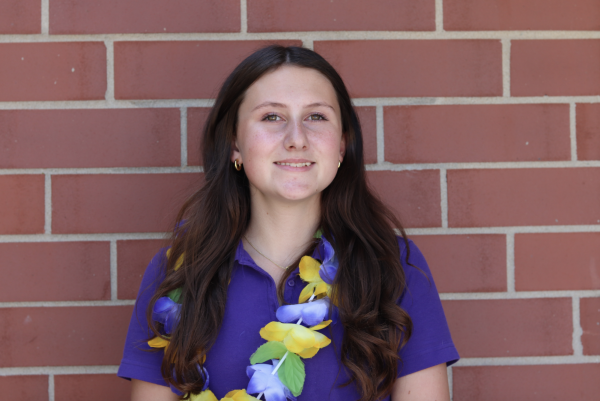Disney movies were a major part of our childhoods, but have the movies changed? Most of us grew up watching “Beauty and the Beast,” “Cars,” “The Jungle Book,” or “Inside Out.” For the new generation, they have movies like “Wish,” “Raya and the Last Dragon,” or “Encanto”, which don’t follow the typical status quo.
One main difference between the movies we’re used to and newer films is in Disney princess movies. In the past, they have been very stereotypical. The princess has a hardship that is overcome and she usually ends up with her love interest at the end. There was variety in the detail of the stories but overall it had the same base.
One of the first movies to have a princess who doesn’t have a love interest is Brave. In Brave, the main character Merida is offered the ability to find a suitor through the challenge of archery but she proves herself by competing and winning. This demonstrates how she is an independent woman who is very capable. While other princess movies were inspiring, this one was the first to not have a man involved; Merida didn’t need to be saved. This theme is also prominent in newer movies like Encanto.
Another thing that is different between older and newer movies is inclusion and diversity they showcase. In the original Disney Princess movies, only 38% were women of color. When you add the four new Disney protagonists (Mirabel, Asha, Raya, and Vanellope) it becomes 52%. This shows a large increase in inclusivity which allows more kids to feel represented in movies they watch. This is very important for young children. When they see someone they can relate to it can make them feel very empowered.
There is one instance where inclusivity can be seen as controversial. In the live-action The Little Mermaid film, actress Halle Bailey plays the protagonist Ariel. She is an African-American woman, and in the animated film Ariel is portrayed as white. There was some backlash to the movie because people thought that they shouldn’t change their childhood characters and that they should instead create new characters of different races, while others said that it was good because more kids felt represented by original Disney characters. Director Rob Marshall commented on this backlash saying that “the casting was based on talent alone and that Bailey set the bar high.” He also said that the backlash was a reminder that Hollywood is still developing in its representation of women and men of color and that the film’s message is about not being afraid of people who are different from you.
Even though there is a lot of controversy surrounding it, Disney will always be a part of our childhoods. It is something people can connect to even in their teenage and adult lives. People will always have the memories of watching with friends and family or singing along to the catchy songs. This will be prominent no matter what the movie is.




